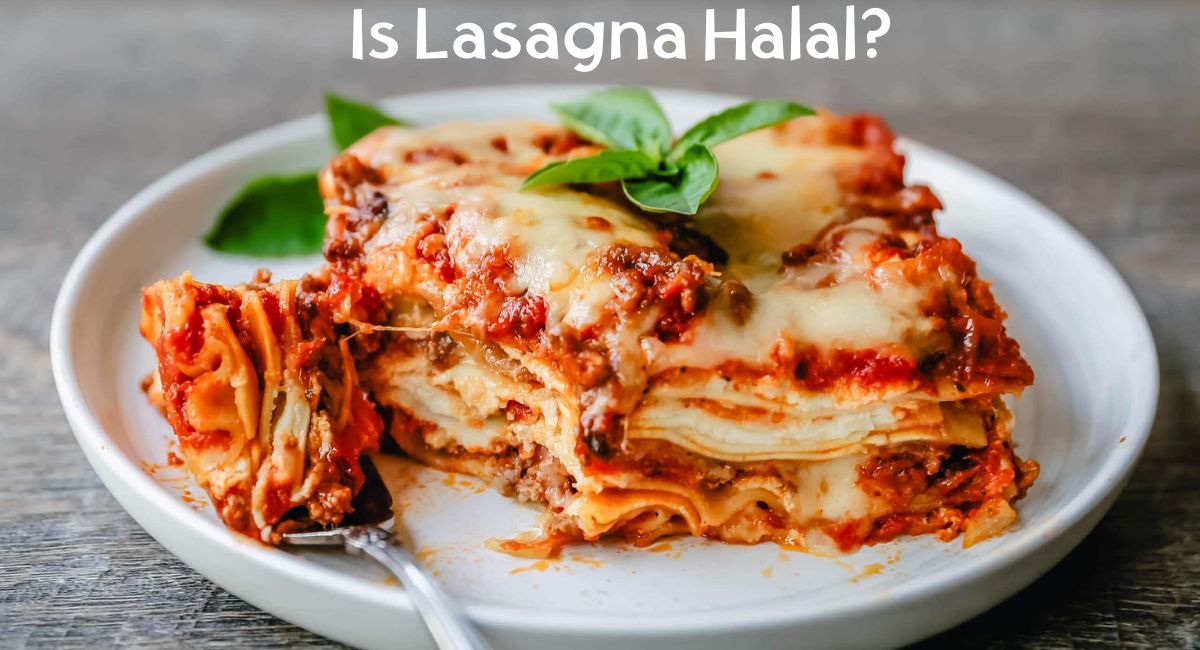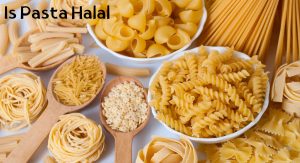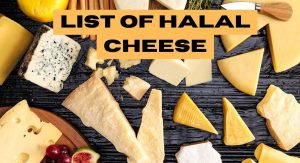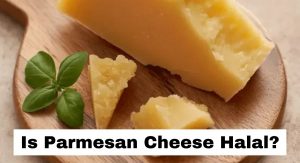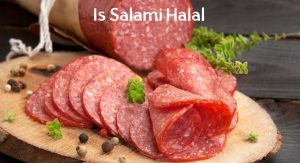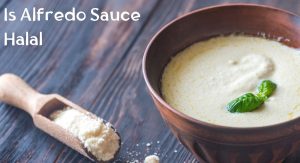Lasagna is a delectable delicacy that makes it difficult to resist. So, here in this blog, we embark on a journey to explore the halalness of everyone’s favourite Italian dish: Lasagna. Lasagna, renowned for its layers of pasta, meat, and cheese, has captivated palates worldwide. However, for those adhering to Islamic dietary laws, it’s crucial to address the question: Is Lasagna Halal? In this article, we’ll thoroughly analyze the key components of lasagna, including pasta, meat, and cheese, to unravel its halal status. Our goal is to provide a comprehensive understanding of the halalness of this delectable dish by drawing upon authentic sources and culinary expertise.
Join us as we delve into the world of halal lasagna, offering insights, alternative ingredients, and recommendations to ensure a delightful culinary experience while adhering to your dietary preferences. Let’s embark on this flavorful journey together, where the essence of lasagna remains true to our beliefs and culinary requirements.
Lasagna
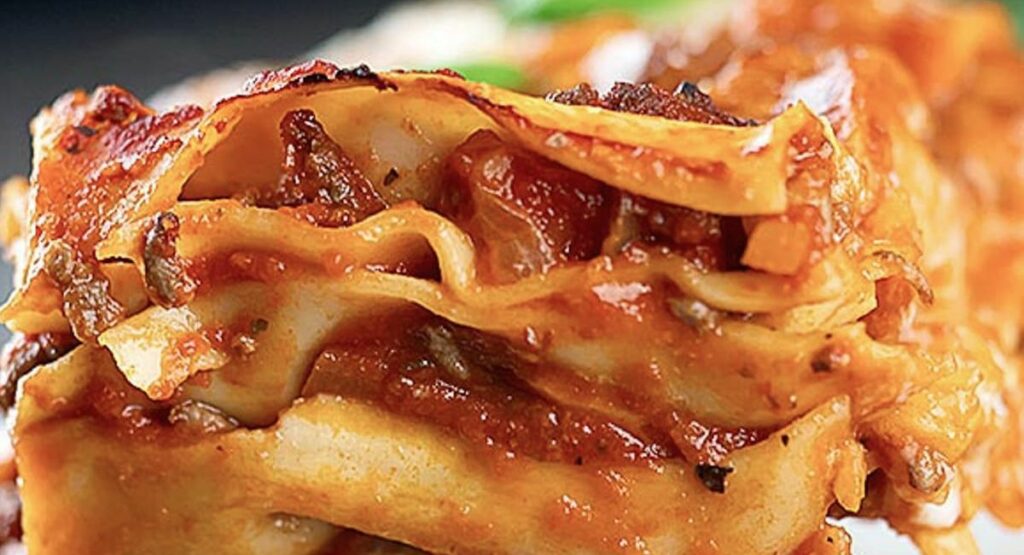
Lasagna, a culinary masterpiece originating from Italy, has achieved global acclaim for its rich layers of pasta, indulgent cheese, and flavorful sauces. This iconic dish has captured the hearts and palates of food enthusiasts around the world. In this article, we will dive into the tantalizing details of lasagna, exploring its history, key components, and variations that make it a true delight for the senses.
A Brief History
The history of lasagna can be traced back to ancient Greece, where the concept of layered dishes using pasta-like sheets was first introduced. However, it was in Italy where lasagna truly flourished and gained recognition as a symbol of Italian cuisine. Initially enjoyed by the nobility, lasagna gradually made its way into the homes of ordinary Italians, becoming a cherished family favourite.
Key Components
a) Pasta Sheets: At the core of every lasagna lies the foundation of perfectly cooked pasta sheets. Traditionally, lasagna is made using wide, flat sheets of durum wheat pasta, which are layered to create a substantial base for the dish. However, modern variations often incorporate no-boil or fresh pasta sheets for convenience.
b) Meat or Vegetarian Fillings: One of the defining features of lasagna is its savoury filling. Traditional recipes typically include layers of meat, such as beef, veal, or pork, combined with aromatic herbs, onions, garlic, and tomato sauce. However, for those opting for a vegetarian or halal version, a delightful array of options awaits. From sautéed vegetables, spinach, or mushrooms to plant-based protein alternatives, the possibilities for flavorful vegetarian lasagna are endless.
c) Cheese: A crucial element that adds a creamy and indulgent touch to lasagna is the cheese. Classic recipes call for generous layers of mozzarella, Parmesan, and ricotta cheese. The combination of these cheeses creates a harmonious balance of flavours and a delightful melt-in-your-mouth experience. However, variations may include other types of cheese, such as fontina or provolone, to introduce unique tastes and textures.
d) Sauce: The sauce is the soul of any lasagna dish, providing a burst of flavour and moisture. The traditional Bolognese sauce, made with ground meat, tomatoes, onions, carrots, and herbs, is a popular choice. For vegetarians, a rich tomato sauce or a creamy béchamel sauce can be used to enhance the flavours. Experimentation with different sauces opens up a world of possibilities, allowing for personalization and creativity.
Variations and Regional Influences
Lasagna’s versatility extends beyond its traditional roots, with regional variations that showcase diverse flavours and techniques. For instance, in the southern regions of Italy, lasagna is often prepared with layers of ricotta, tomato sauce, hard-boiled eggs, and local cheeses. In the northern regions, the emphasis is on delicate flavours, with ingredients such as spinach, mushrooms, and béchamel sauce taking centre stage.
Moreover, contemporary culinary trends have given rise to innovative twists on the classic lasagna recipe. From seafood lasagna to exotic vegetable combinations, chefs and home cooks alike have embraced the opportunity to experiment, creating unique and delightful renditions.
Ingredients Used In Making Lasagna
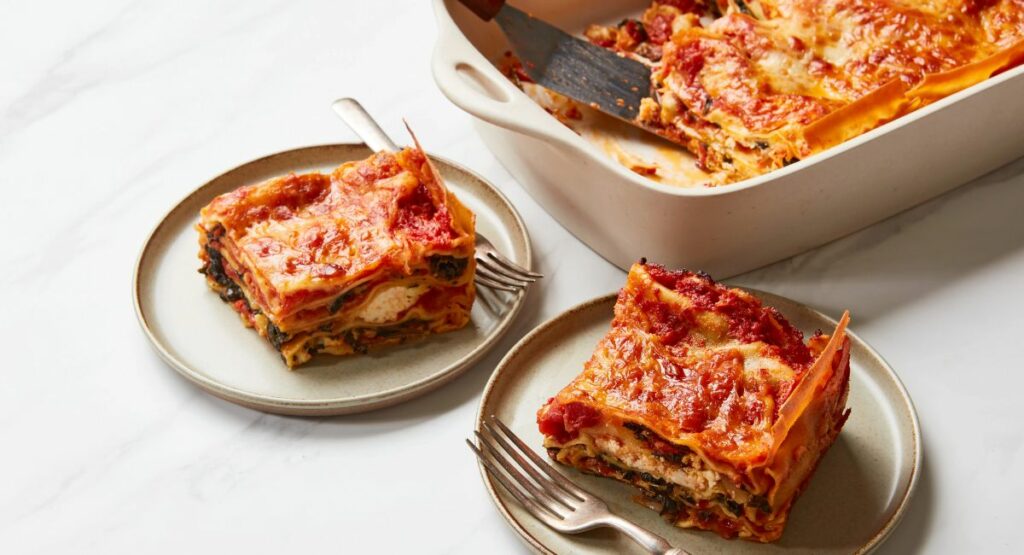
To make lasagna, you will typically need the following ingredients:
- Lasagna noodles or sheets: Wide, flat pasta sheets specifically made for lasagna.
- Meat (optional): Ground beef, veal, pork, or a combination of these, often used in traditional lasagna recipes. Alternatively, you can opt for poultry, such as ground chicken or turkey, or omit meat for a vegetarian version.
- Vegetables (optional): Various vegetables can be incorporated into the filling, such as onions, garlic, bell peppers, spinach, mushrooms, zucchini, or eggplant, depending on personal preference.
- Tomato sauce: A flavorful tomato-based sauce forms the foundation of lasagna. You can use pre-made tomato sauce or prepare your own by sautéing onions and garlic, adding crushed tomatoes or tomato puree, and seasoning with herbs like basil, oregano, and thyme.
- Cheese: The cheese used in lasagna provides a rich and creamy texture. Traditional choices include mozzarella, Parmesan, and ricotta cheese. However, variations may also feature other types like fontina, provolone, or a blend of cheeses.
- Béchamel sauce (optional): A velvety white sauce made from butter, flour, and milk. Béchamel sauce is often used in certain variations of lasagna, adding a creamy element between the layers.
- Herbs and seasonings: Common herbs and seasonings used in lasagna include basil, oregano, thyme, parsley, salt, and black pepper. These seasonings enhance the flavours of the dish.
- Olive oil or cooking oil: Used for sautéing ingredients, greasing the baking dish, or cooking the lasagna noodles.
- Eggs (optional): Hard-boiled eggs are sometimes included in certain regional variations of lasagna, adding a unique touch.
Note: The ingredients can vary based on personal preferences, dietary restrictions, and regional influences. This list provides a general overview of commonly used ingredients in lasagna recipes.
Are There Any Haram Ingredients Used In Lasagna?
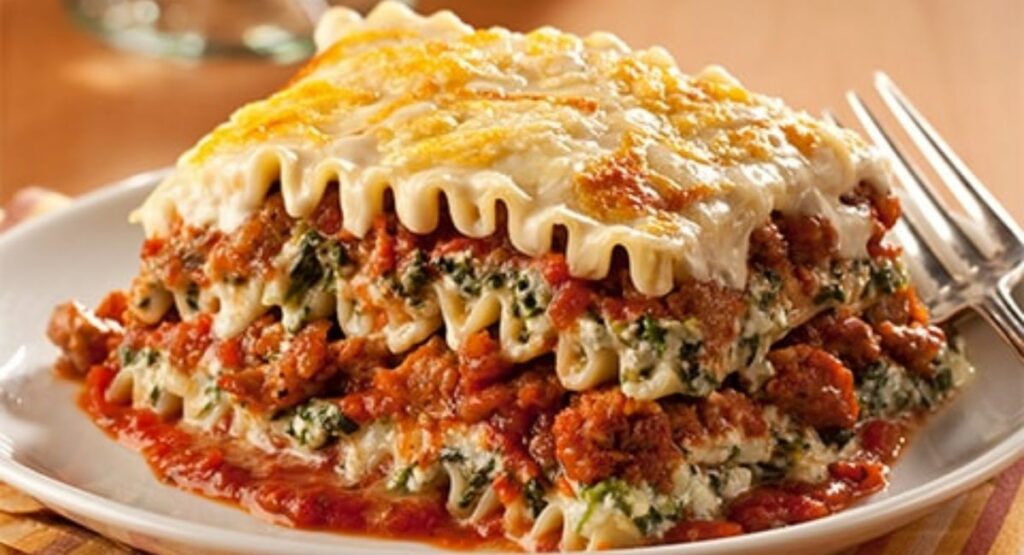
Lasagna, in its traditional form, does not typically include any inherently haram (forbidden) ingredients. However, it is essential to consider the specific ingredients used in the lasagna recipe to ensure compliance with Islamic dietary laws. Here are some considerations regarding potential haram ingredients:
- Meat: If meat is used in lasagna, it must come from halal sources, slaughtered according to Islamic guidelines. Non-halal meats, such as pork or non-slaughtered meats, would be considered haram.
- Cheese: The type of cheese used should be free from haram ingredients, such as non-halal animal-derived rennet. It is advisable to look for cheeses that are certified halal or vegetarian.
- Alcohol: Some lasagna recipes may call for the use of wine or alcoholic beverages in the sauce or meat marinade. It is important to avoid these recipes or seek alternatives that exclude alcohol, as its consumption is prohibited in Islam.
- Additives and flavourings: Care should be taken when using pre-packaged sauces, seasonings, or processed ingredients, as they may contain haram additives or flavourings. It is recommended to check the ingredient labels for any haram components.
- Cross-contamination: When preparing halal lasagna, it is crucial to ensure that all utensils, cutting boards, and surfaces used for non-halal ingredients (such as pork or alcohol) are thoroughly cleaned to avoid cross-contamination.
It is advisable for individuals adhering to halal dietary practices to be vigilant in selecting halal-certified or halal-friendly ingredients and to consult reliable sources, Islamic scholars, or halal certification agencies for guidance.
Note- The status of halal ingredients can vary based on regional and cultural differences, as well as individual interpretations of Islamic dietary guidelines. It is always recommended to seek specific advice and refer to trusted sources to make informed decisions regarding the halal status of ingredients used in lasagna or any other dish.
Is Lasagna Halal?- Final Take
In conclusion, lasagna can indeed be halal, provided that the ingredients used align with Islamic dietary guidelines. Lasagna, a beloved Italian dish, consists of layers of pasta, sauce, cheese, and optional meat or vegetable fillings. While traditional recipes may include non-halal ingredients, such as pork or non-halal meat, there are numerous ways to modify and adapt lasagna to meet halal requirements.
To ensure the halal status of lasagna, it is crucial to use halal-certified or verified halal ingredients. This includes sourcing halal meats from trusted suppliers, selecting halal-certified cheeses or vegetarian alternatives, and using sauces and seasonings that are free from haram additives or alcohol. Additionally, practising proper hygiene and preventing cross-contamination during preparation is essential to maintain the halal integrity of the dish.
Read these comprehensive guides to know everything you need to know about the halal status of different Italian dishes.
Is Pasta Halal: Uncover the halal status of pasta, a staple in Italian cuisine. Dive into the details of pasta ingredients and cooking practices to determine if it aligns with your halal dietary preferences.
Is Pizza Halal: Delve into the world of pizza and its halal compatibility. Explore the ingredients and preparation methods commonly used in pizza-making to determine whether this Italian favorite can be a part of your halal diet.
Frequently Asked Questions (FAQs)
Is lasagna pasta?
Yes, lasagna is a type of pasta. It consists of wide, flat sheets of pasta that are layered with various fillings, such as meat, cheese, and sauce, and then baked to perfection. The pasta sheets used in lasagna are specifically made to be sturdy enough to hold the layers and retain their shape during cooking. While lasagna pasta is distinct from other types of pasta shapes like spaghetti or penne, it falls under the broad category of pasta due to its composition and method of preparation.
Does lasagna have meat?
Lasagna can have meat, but it is not a requirement. Traditional lasagna recipes often include meat as one of the layers, typically using ground beef, veal, or pork cooked with onions, garlic, herbs, and tomato sauce. However, there are also vegetarian versions of lasagna where the meat is omitted entirely. In these variations, the focus is on flavorful vegetable fillings, such as sautéed spinach, mushrooms, or roasted vegetables, combined with cheese and sauces to create a delicious meat-free lasagna. Ultimately, the presence of meat in lasagna depends on personal preference and dietary choices.
Is Asian Chicken Lasagna Halal?
The halal status of Asian Chicken Lasagna depends on the specific ingredients used in the recipe. In general, if the chicken used in the lasagna is sourced from halal-certified suppliers and prepared according to Islamic dietary guidelines, and if the other ingredients used, such as sauces, seasonings, and cheeses, are also halal-certified or verified to be free from haram ingredients, then the Asian Chicken Lasagna can be considered halal. It is important to ensure that all components, including marinades, additives, and any potential cross-contamination risks, align with halal standards to maintain the halal status of the dish.
